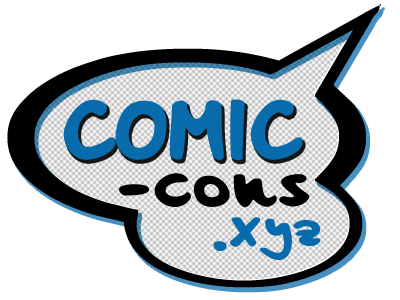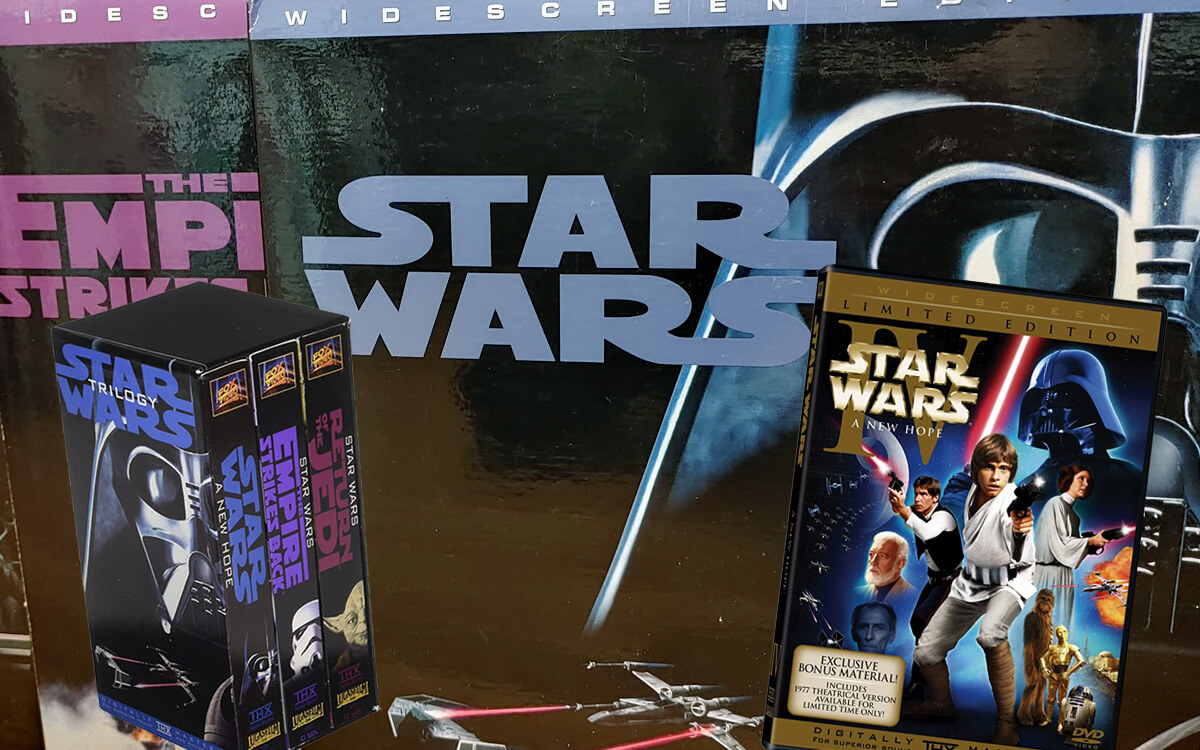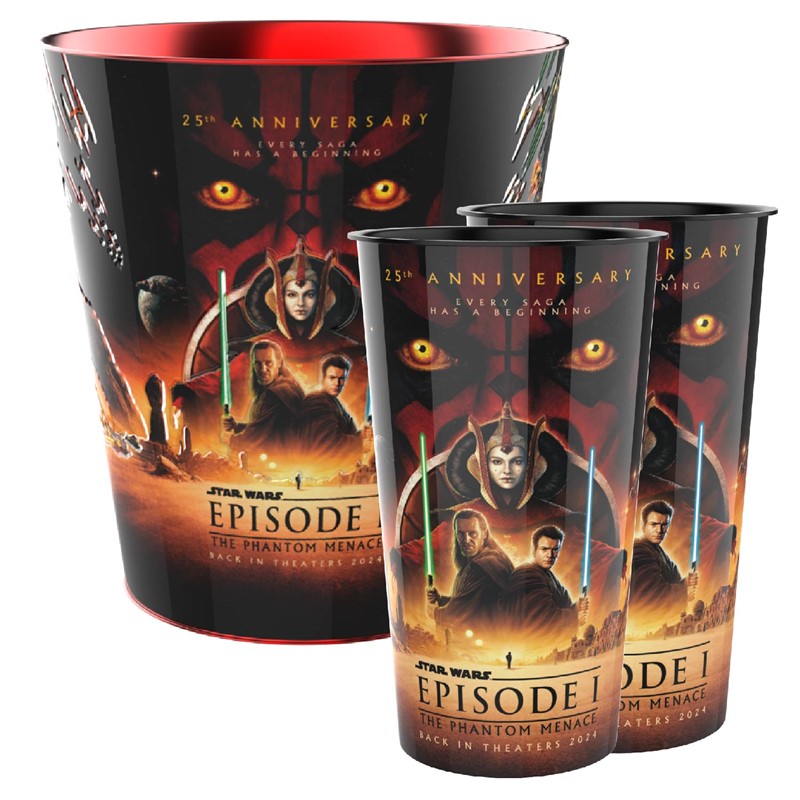The home video market really took off in the 80s and 90s. let’s take a closer look at the formats that transitioned us to the digital age where habits of mass consumption of movies and shows are firmly cemented into our culture.
| Format | Type | Max Length | Record | Resolution |
|---|---|---|---|---|
| VHS | analog | up to 6 hours per tape | yes | 230 TVL (4:3 ratio) |
| LaserDisc | analog | 1 hour per disc | no | 425 TVL (4:3 ratio) |
| DVD | digital | 2+ hours depending on compression | yes for DVD+R and DVD-R | 540 TVL (4:3 ratio) |
VHS and DVD formats very popular in their perspective era and you can see why. VHS basically normalized the home video market in the modern era and make it accessible and affordable for everyone to own and watch videos at home. It also allowed you to record shows from TV or copy other tapes. Because the video quality is low and it’s analog, you see quite a bit of artifacts especially on copied versions. DVDs are a all digital format on a disc. It brought the home video market into the future with small footprint and digital capabilities. If you do decide to rip (backup copy) a DVD, the original quality remains and doesn’t deteriorate. The only enemy for the DVD format was how much compression the studio decides to put on the video to get it to fit on one disc. Audio wise, DVDs are also superior as 5.1 dolby or DTS tracks provide far better listening experience.
Smack in the middle of the home theater revolution is the LaserDisc format. It’s like a DVD in a round disc platter but much larger and heavier. It’s also an analog format as the information is stored as analog waves instead of 0s and 1s. It never took off commercially as it was super expensive to own. But it did provide a better video and audio experience than VHS, but not form a convenience and budget perspective.




